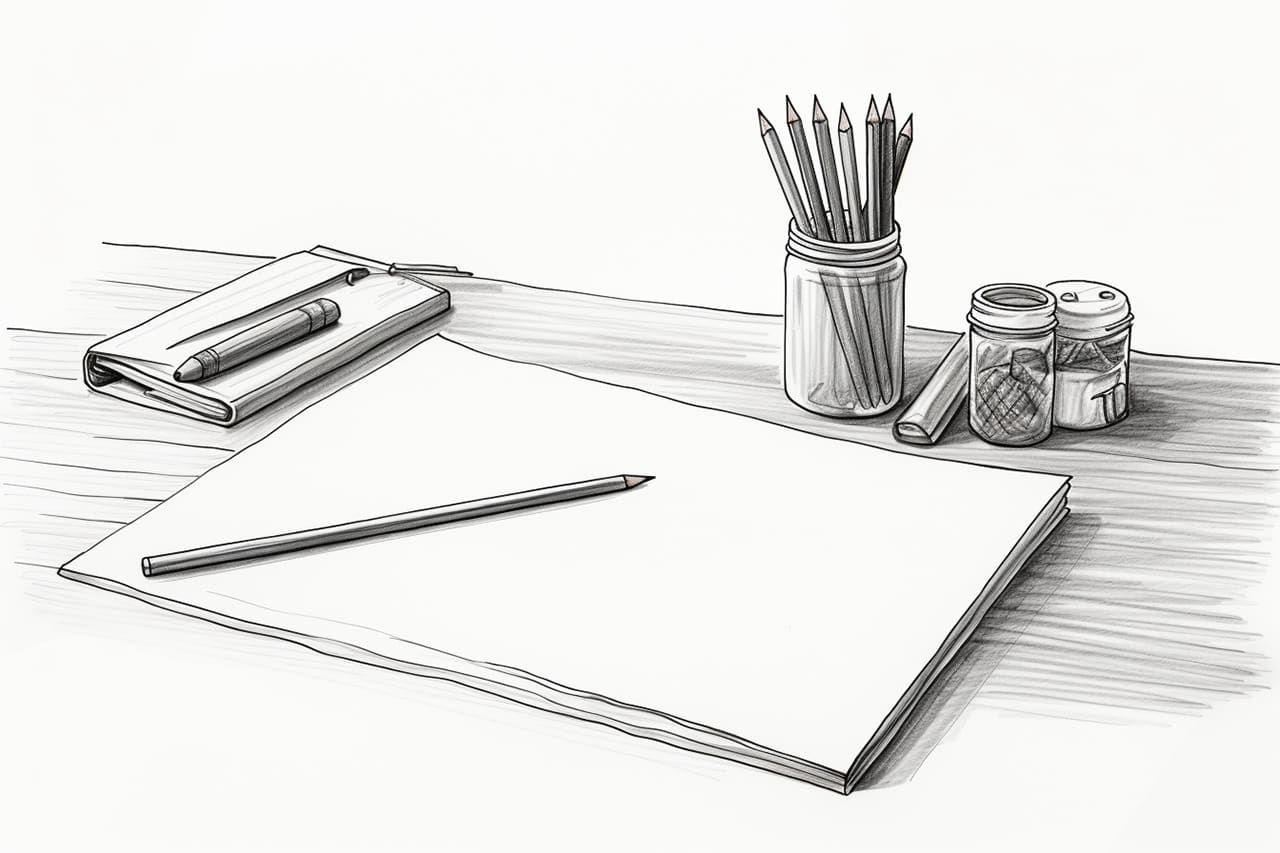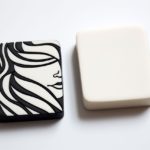Choosing the right drawing paper is essential for artists of all levels. The type of paper you select can greatly influence the outcome of your artwork. Whether you prefer graphite, charcoal, colored pencils, ink, or pastels, having the best drawing paper for your medium and style is crucial. In this guide, we’ll explore the top drawing paper choices for artists, including the best brands, what to look for in drawing paper, the major differences in paper types and surfaces, and more.
Table of Contents
Best Drawing Paper Brands
Several renowned brands produce high-quality drawing paper tailored to various artistic needs. Here are some of the best drawing paper brands that consistently deliver exceptional results:
1. Strathmore
Strathmore offers a wide range of drawing papers suitable for various mediums, including graphite, charcoal, colored pencils, and more. Their papers are known for their durability and versatility, making them a favorite among artists.
2. Canson
Canson produces a variety of drawing papers with different textures and weights to suit different artistic styles. Their papers are often favored for their excellent performance with pastels and charcoal.
3. Fabriano
Fabriano is celebrated for its long history of papermaking and produces high-quality drawing papers that cater to artists’ needs. Their papers are known for their exceptional durability and suitability for various techniques.
4. Bee Paper
Bee Paper offers a range of drawing papers designed to handle different media, including markers, ink, and graphite. Their papers are known for their smooth surfaces and excellent ink retention.
5. Stonehenge
Stonehenge produces drawing papers renowned for their versatility and ability to handle various dry and wet media. Their papers are favored by many artists for their consistent quality.
What to Look for in Drawing Paper
When choosing drawing paper, consider the following factors to ensure it suits your artistic preferences and techniques:
1. Weight
Drawing paper comes in various weights, typically measured in pounds (lb) or grams per square meter (gsm). Heavier paper (higher weight) is more durable and less likely to warp or tear when using wet media like ink or watercolors. Lighter paper is suitable for dry media like graphite and colored pencils.
2. Texture
The texture of the paper’s surface affects how your chosen medium adheres to it. There are three main texture options:
- Smooth: Ideal for detailed work and fine lines, as it allows for precise control.
- Medium: Offers a balanced texture suitable for most dry and wet media.
- Rough: Provides a coarser surface that’s excellent for creating texture and expressive strokes with pastels and charcoal.
3. Paper Type
Consider the specific type of paper designed for your chosen medium:
- Drawing Paper: Versatile and suitable for a wide range of dry media.
- Sketch Paper: Typically lighter weight and ideal for quick sketches and practice.
- Watercolor Paper: Designed for use with watercolors and other wet media.
- Pastel Paper: Textured and optimized for pastel work.
- Marker Paper: Smooth and bleed-resistant, perfect for markers and inks.
4. Size and Format
Choose a size that suits your project and artistic style. Common sizes include letter (8.5 x 11 inches), A4 (210 x 297 mm), and larger sheets for more extensive artworks. Consider the format, whether you prefer pads, sketchbooks, or loose sheets.
Major Differences in Drawing Paper Types and Surfaces
Understanding the different types of drawing paper and their surfaces can help you select the right paper for your artistic needs:
1. Drawing Paper
- Versatile and suitable for dry media like graphite, charcoal, colored pencils, and ink.
- Available in various textures, including smooth, medium, and rough.
- Ideal for detailed drawings, illustrations, and fine lines.
2. Sketch Paper
- Lighter weight and often less expensive than drawing paper.
- Best for quick sketches, preliminary drawings, and practicing.
3. Watercolor Paper
- Specifically designed for watercolors and wet media.
- Comes in different textures, such as hot-pressed (smooth) and cold-pressed (textured).
- Offers excellent absorbency and strength to handle watercolor techniques.
4. Pastel Paper
- Textured surface that holds pastel particles effectively.
- Available in a range of colors to complement pastel artwork.
- Prevents smudging and allows for layering.
5. Marker Paper
- Smooth and bleed-resistant surface suitable for markers, inks, and alcohol-based markers.
- Prevents ink from feathering or bleeding through the paper.
The Best Drawing Paper for Graphite
Graphite, with its versatility and ability to produce a wide range of tones, is a favored medium among artists. When working with graphite, selecting the right drawing paper is crucial to achieve the desired results. Here, we’ll explore the key considerations and recommendations for the best drawing paper for graphite.
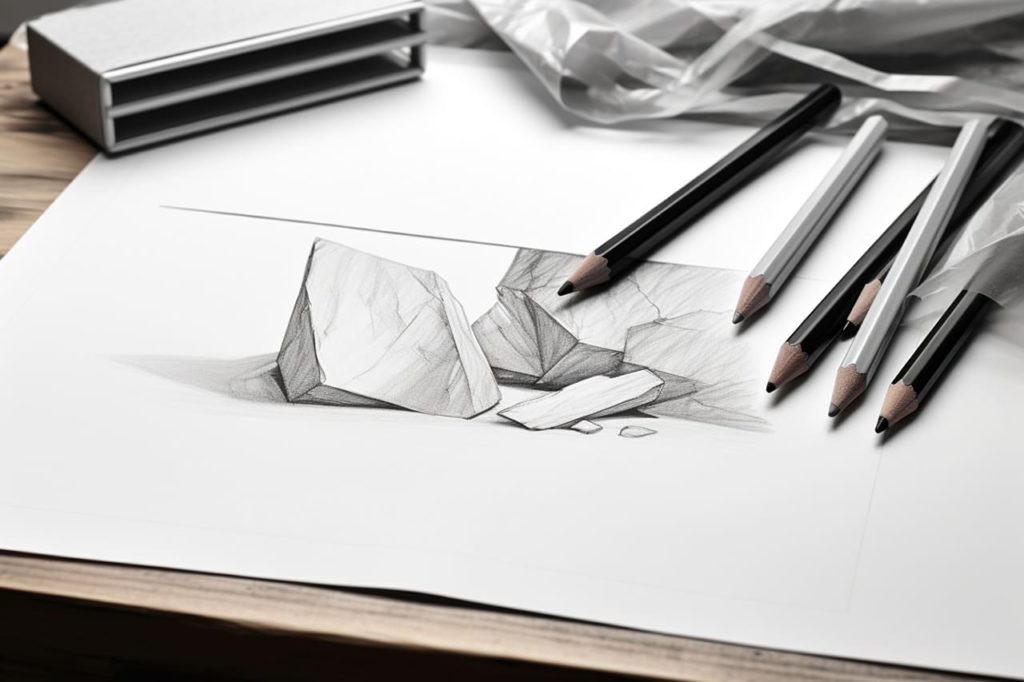
Characteristics of Ideal Drawing Paper for Graphite
Graphite artists require specific qualities in their drawing paper to showcase the medium’s full potential:
1. Tooth or Texture
- A moderate to heavy tooth (surface texture) is preferred. This texture allows the graphite to grip the paper, creating variations in tone and texture.
- The texture should be even, allowing for smooth transitions and fine details in your drawings.
2. Weight
- Medium to heavyweight paper is ideal for graphite. It provides the necessary sturdiness to withstand erasing, blending, and shading without easily tearing or smudging.
- Common weight options for graphite drawings include 90 lb (147 gsm) to 140 lb (300 gsm) paper.
3. Erasure-Friendly
- The paper should be erasure-friendly, meaning it allows you to correct and adjust your work without damaging the surface or leaving unwanted smudges.
4. Archival Quality
- For long-lasting artwork, opt for acid-free and archival-quality paper. This ensures your graphite drawings won’t yellow or deteriorate over time.
5. Opacity
- Graphite drawings often involve layering and shading. Choose a paper that offers sufficient opacity, preventing the texture or marks from the other side of the paper from showing through.
Recommendations for the Best Drawing Paper for Graphite
Now that we understand the characteristics to look for, here are some top drawing paper recommendations for graphite artists:
1. Strathmore 400 Series Drawing Paper
- Strathmore’s 400 Series Drawing Paper is an excellent choice for graphite artists. It offers a fine-toothed surface that accepts graphite smoothly and allows for detailed work.
- Available in various weights, including 80 lb (130 gsm) and 100 lb (163 gsm), providing options for different preferences.
2. Canson XL Series Bristol Paper
- The Canson XL Series Bristol Paper is known for its durability and smooth surface, making it suitable for graphite.
- It comes in various weights, including 100 lb (260 gsm), and provides an excellent surface for layering and blending graphite.
3. Fabriano Artistico Drawing Paper
- Fabriano Artistico Drawing Paper offers a moderate tooth and archival quality, ensuring your graphite artwork remains pristine over time.
- Available in different weights, including 90 lb (200 gsm) and 140 lb (300 gsm), to accommodate various techniques and preferences.
4. Stonehenge Drawing Paper
- Stonehenge Drawing Paper is celebrated for its versatility with dry media, including graphite.
- It features a fine-grain texture and is available in a range of weights, from 90 lb (250 gsm) to 250 lb (400 gsm).
5. Arches Drawing Paper
- Arches Drawing Paper is a heavyweight, acid-free paper that provides exceptional durability and opacity.
- Its fine texture is well-suited for detailed graphite work and allows for erasing and blending without issue.
Experiment and Explore
Ultimately, the best drawing paper for graphite will depend on your personal preferences and artistic goals. It’s recommended to experiment with different brands and paper types to discover the one that complements your style and techniques the most. Whether you prefer smooth or textured surfaces, lighter or heavier weights, the perfect drawing paper for your graphite artwork is out there, waiting for you to create your next masterpiece.
The Best Drawing Paper for Charcoal
Charcoal drawing is a beloved medium known for its expressive and dramatic qualities. To make the most of your charcoal artwork, it’s essential to choose the right paper that enhances the medium’s unique characteristics. Charcoal can be smudgy and create deep, rich blacks, so the paper you select should be able to handle these qualities while preserving the integrity of your work. In this section, we will explore the best drawing paper choices specifically tailored to charcoal artists.
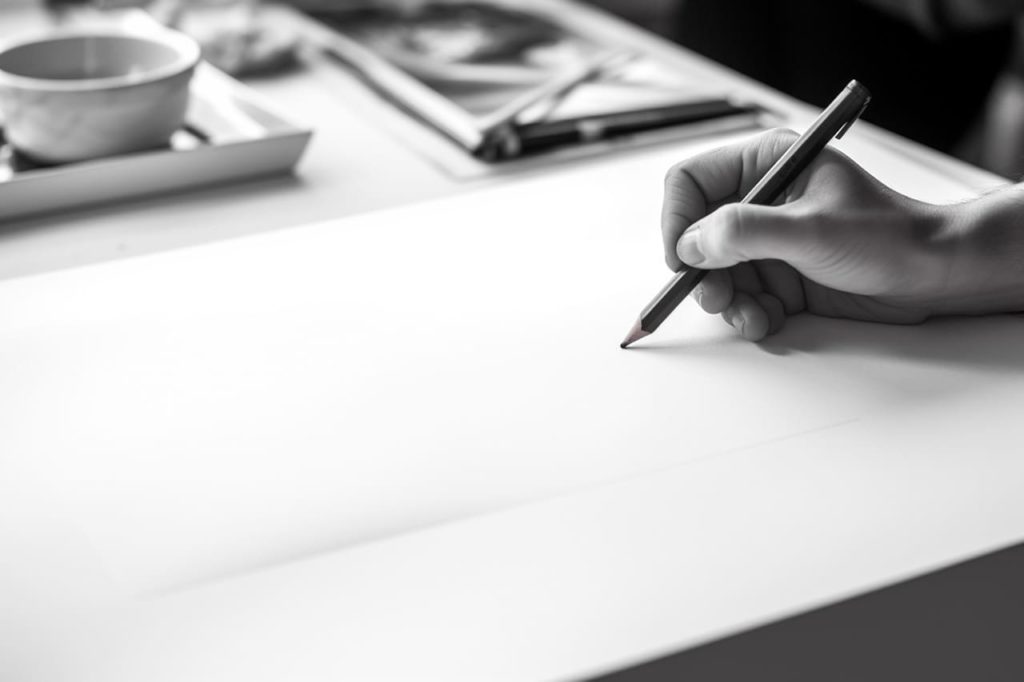
Characteristics of Good Charcoal Paper
Before delving into specific paper recommendations, let’s discuss the essential characteristics you should look for in drawing paper for charcoal:
1. Tooth or Texture
Charcoal paper should have a noticeable “tooth” or texture. The texture provides the surface needed for charcoal particles to adhere to the paper, allowing you to create deep, dark lines and achieve various shading effects. Coarser textures are excellent for bold, expressive work, while smoother textures are suitable for finer details.
2. Weight and Thickness
Choose a paper with substantial weight and thickness. Heavier paper is more resilient and less likely to buckle or tear when you apply charcoal with pressure. A weight of 70lb (100gsm) or higher is generally recommended for charcoal work, but heavier options are available for those seeking extra durability.
3. Durability
Charcoal can be abrasive, so your paper should withstand erasing and layering without deteriorating. Look for paper that is smudge-resistant and capable of handling multiple passes with charcoal and erasers without excessive smearing or damage to the paper fibers.
4. Archival Quality
Consider using acid-free and archival paper for your charcoal drawings, especially if you want your artwork to stand the test of time. Archival paper is less prone to yellowing and deterioration, ensuring the longevity of your creations.
Top Choices for Charcoal Drawing Paper
Now that we’ve covered the essential characteristics, let’s explore some of the best drawing paper options for charcoal artists:
1. Strathmore 400 Series Artagain Paper
- Texture: Medium to heavy tooth.
- Weight: 60lb (160gsm).
- Size Options: Available in various sizes, including sheets and pads.
- Features: This paper is specifically designed for charcoal and pastel work. It has a textured surface that allows for rich, deep blacks and excellent blending. The Strathmore Artagain paper comes in various colors, adding an extra dimension to your charcoal drawings.
2. Canson Mi-Teintes Paper
- Texture: Heavy tooth on one side, smooth on the other.
- Weight: 98lb (160gsm).
- Size Options: Available in a variety of sizes, including sheets and pads.
- Features: Canson Mi-Teintes paper is renowned for its versatility and durability. The heavy weight ensures stability while the dual texture allows you to choose between a rougher or smoother surface, depending on your artistic preferences. This paper is excellent for charcoal as well as pastels.
3. Fabriano Tiziano Paper
- Texture: Medium tooth.
- Weight: 98lb (160gsm).
- Size Options: Available in various sizes, including sheets and rolls.
- Features: Fabriano Tiziano paper offers a medium-tooth surface that provides an excellent grip for charcoal. It is acid-free and comes in a wide range of colors, allowing for creative and expressive charcoal drawings with added depth and character.
4. Stonehenge Drawing Paper
- Texture: Medium tooth.
- Weight: 70lb (114gsm) or 90lb (147gsm).
- Size Options: Available in various sizes, including sheets and rolls.
- Features: Stonehenge is a versatile and dependable choice for charcoal artists. Its medium tooth surface accepts charcoal smoothly and allows for expressive mark-making. The paper’s weight provides durability, making it suitable for framing and displaying your finished pieces.
5. UArt Premium Sanded Pastel Paper
- Texture: Coarse to extra coarse.
- Weight: Available in various weights.
- Size Options: Available in sheets and rolls.
- Features: UArt Premium Sanded Pastel Paper is unique in its coarse texture, which provides excellent tooth for charcoal. While primarily designed for pastels, many charcoal artists appreciate the grit of this paper for creating bold and textured charcoal drawings.
When choosing the best drawing paper for charcoal, consider your personal style, the level of detail you wish to achieve, and whether you prefer a specific color or texture. Experimenting with different paper options can lead to exciting discoveries and help you refine your charcoal drawing techniques. Ultimately, the right paper will enhance your creative process and allow you to express yourself fully through this captivating medium.
The Best Paper for Pencil Drawing
Pencil drawing is a timeless and versatile medium cherished by artists for its simplicity and precision. To achieve the best results with pencil, selecting the right paper is paramount. Here, we’ll delve into the characteristics that make for the best paper for pencil drawing and introduce some exceptional options that cater to pencil artists’ needs.
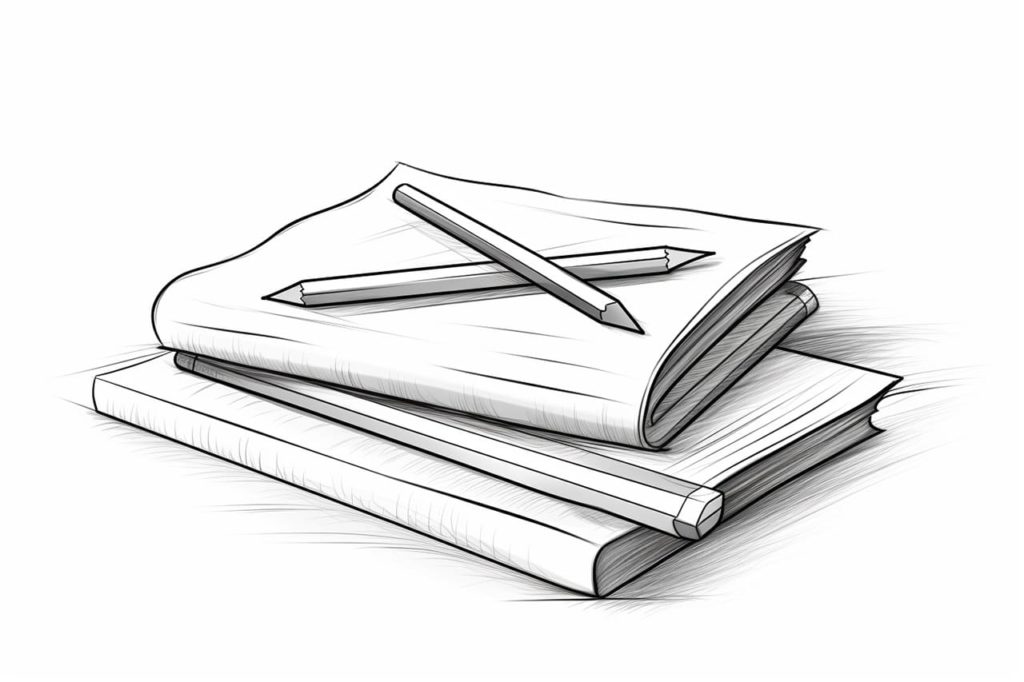
What Makes the Best Paper for Pencil Drawing?
When it comes to pencil drawing, certain paper characteristics can significantly enhance your artistic experience and the quality of your work. Here’s what to look for:
1. Tooth or Texture
The “tooth” of the paper refers to its surface texture. For pencil drawing, a paper with a bit of tooth is often preferred. The texture allows the graphite to grip the paper, resulting in better shading, blending, and depth in your drawings. Papers labeled as “drawing paper” or “sketch paper” typically have suitable textures.
2. Weight
Paper weight is a crucial consideration. Heavier paper (in terms of pounds or grams per square meter) is generally preferred for pencil drawing. A heavier paper resists smudging, erasing, and tearing, making it ideal for detailed and precise work. A weight of 80 lb (about 130 gsm) or more is often recommended for pencil drawing.
3. Erasability
The best paper for pencil drawing should allow for clean and precise erasing without damaging the paper’s surface. Look for papers that are labeled as “erase-resistant” or “smudge-resistant” to ensure your pencil lines can be corrected and refined effortlessly.
4. Opacity
Opacity refers to the degree to which the paper allows light to pass through. For pencil drawing, you’ll want a paper that is sufficiently opaque, meaning it doesn’t allow your pencil lines to show through from the other side. This ensures that your drawings appear clean and professional.
5. Archival Quality
If you intend to create pencil drawings for exhibition or long-term preservation, choose archival-quality paper. Acid-free and pH-neutral papers are less prone to yellowing or deteriorating over time, ensuring the longevity of your artwork.
The Best Paper Options for Pencil Drawing
Now that we’ve explored the essential characteristics of the best paper for pencil drawing, let’s introduce some top choices favored by pencil artists:
1. Strathmore 400 Series Drawing Paper
- Weight: 80 lb (130 gsm)
- Texture: Medium
- Erasability: Excellent
- Opacity: High Strathmore’s 400 Series Drawing Paper is a versatile and reliable choice for pencil artists. It offers an ideal balance between tooth and smoothness, allowing for precise shading and erasing. Its heavyweight and high opacity make it suitable for detailed pencil work, and it’s available in various sizes and formats.
2. Canson XL Series Bristol Pad
- Weight: 100 lb (260 gsm)
- Texture: Vellum
- Erasability: Excellent
- Opacity: High Canson’s XL Series Bristol Pad provides a substantial and durable surface for pencil artists. Its vellum texture offers a fine tooth that grips graphite well, making it an excellent choice for achieving intricate pencil details. The heavyweight paper ensures your drawings remain pristine.
3. Fabriano Artistico Drawing Paper
- Weight: 90 lb (185 gsm)
- Texture: Medium
- Erasability: Excellent
- Opacity: High Fabriano Artistico Drawing Paper is a favorite among artists for its exceptional quality. Its medium texture provides the perfect amount of tooth for pencil work, allowing for smooth shading and erasing. This acid-free, archival paper ensures your pencil drawings stand the test of time.
4. Bee Paper Heavyweight Drawing Paper
- Weight: 100 lb (163 gsm)
- Texture: Heavy
- Erasability: Excellent
- Opacity: High Bee Paper’s Heavyweight Drawing Paper is designed with pencil artists in mind. Its heavy texture provides ample tooth for intricate pencil work, and its heavyweight construction prevents smudging and damage. This paper’s high opacity guarantees your drawings look impeccable.
Selecting the best paper for pencil drawing can significantly impact the quality of your artwork. A paper with the right tooth, weight, erasability, opacity, and archival properties will enhance your creative process and ensure your pencil drawings shine. Experiment with different papers to find the one that perfectly suits your style and preferences, and watch as your pencil drawings come to life with precision and finesse. Happy drawing!
Additional Considerations
Aside from paper type and surface, consider the archival quality of the paper, especially if you plan to create artwork intended for long-term preservation. Acid-free and archival papers are less likely to yellow or deteriorate over time.
Lastly, remember that personal preference plays a significant role in selecting the best drawing paper. Experiment with different brands, textures, and weights to discover the paper that complements your unique style and artistic vision.
Conclusion
Choosing the right drawing paper is a crucial decision for any artist. The best drawing paper for you will depend on your preferred medium, style, and artistic goals. With a diverse range of brands, textures, and types available, exploring different options can lead to exciting discoveries and improvements

